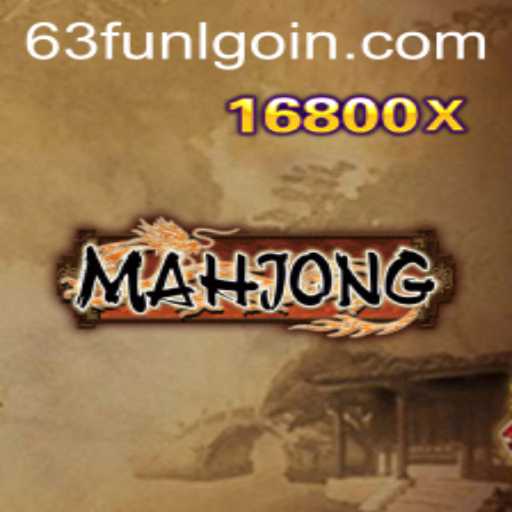Explore the intricate world of Mahjong, a traditional tile game with deep cultural roots and modern adaptations.
Explore The Fascinating World of Mahjong
Mahjong is a tile-based game that originated in China during the Qing dynasty and has since become a popular pastime worldwide. With its intricate rules and strategic depth, Mahjong captures the hearts of millions, transcending cultural boundaries to create a diverse and engaged global community. In this article, we delve into the game’s history, its rules, and its modern-day popularity, including the digital age's influence.
An Introduction to Mahjong
At its core, Mahjong combines skill, strategy, and a bit of luck and is traditionally played by four players. Known for its beautifully designed tiles and often complex gameplay, the game involves drawing and discarding tiles to form a winning hand. Though primarily associated with Asian cultures, Mahjong's appeal has spread, resulting in various regional adaptations, each with unique characteristics. In recent years, Mahjong has been the subject of several online adaptations and mobile games, further cementing its place in the modern gaming landscape.
The Basics of Mahjong Gameplay
The game is played with a set of 144 tiles based on Chinese characters and symbols. The objective is to build complete sets of tiles - known as melds - and pairs, aiming for a Mahjong, which is a complete 14-tile hand. Each player's turn involves drawing and discarding tiles, requiring players to adapt their strategy continuously throughout the game.
In traditional Mahjong, four sets and a pair make up a winning hand. The four sets can consist of either pongs (three identical tiles), chows (a sequence of three consecutive numbers in the same suit), or kongs (four identical tiles). However, different Mahjong variants may have additional rules and hand formations, such as using flower tiles or scoring special hands with particular patterns.
The Cultural Significance of Mahjong
Mahjong isn't just a game; it's a culturally rich activity that represents social interaction and tradition. Often played in family gatherings and social events, it serves as a bonding activity, reflecting cherished traditions passed down through generations. In many Asian communities, Mahjong is closely tied with celebrations such as Chinese New Year and weddings, being a symbol of joy and harmony.
Moreover, Mahjong has been regarded as a means of mental stimulation, enhancing memory and cognitive skills. Frequent play is believed to improve skills like pattern recognition, problem-solving, and strategic thinking - attributes beneficial to players of all ages.
The Digital Age: Mahjong Enters the Online World
In recent years, the digital transformation of Mahjong has ushered in a new era for this classic game. With modern technology, Mahjong has become more accessible, transcending geographical boundaries. Online platforms like 63fun登入 offer digital versions of Mahjong that capture the traditional essence while introducing innovative elements. These platforms enable players from different countries to engage with each other in real-time, competing in tournaments or enjoying casual play.
The convenience of digital Mahjong has allowed a younger audience to discover this timeless game, contributing to its enduring popularity. Online availability means that players can now practice anytime, compete on global leaderboards, and explore numerous variants of the game from their devices.
Additionally, Mahjong applications often include tutorial modes and educational content, helping newcomers learn the game more efficiently. This shift to digital platforms has been crucial in preserving Mahjong's legacy, ensuring its continued relevance in an ever-evolving digital world.




